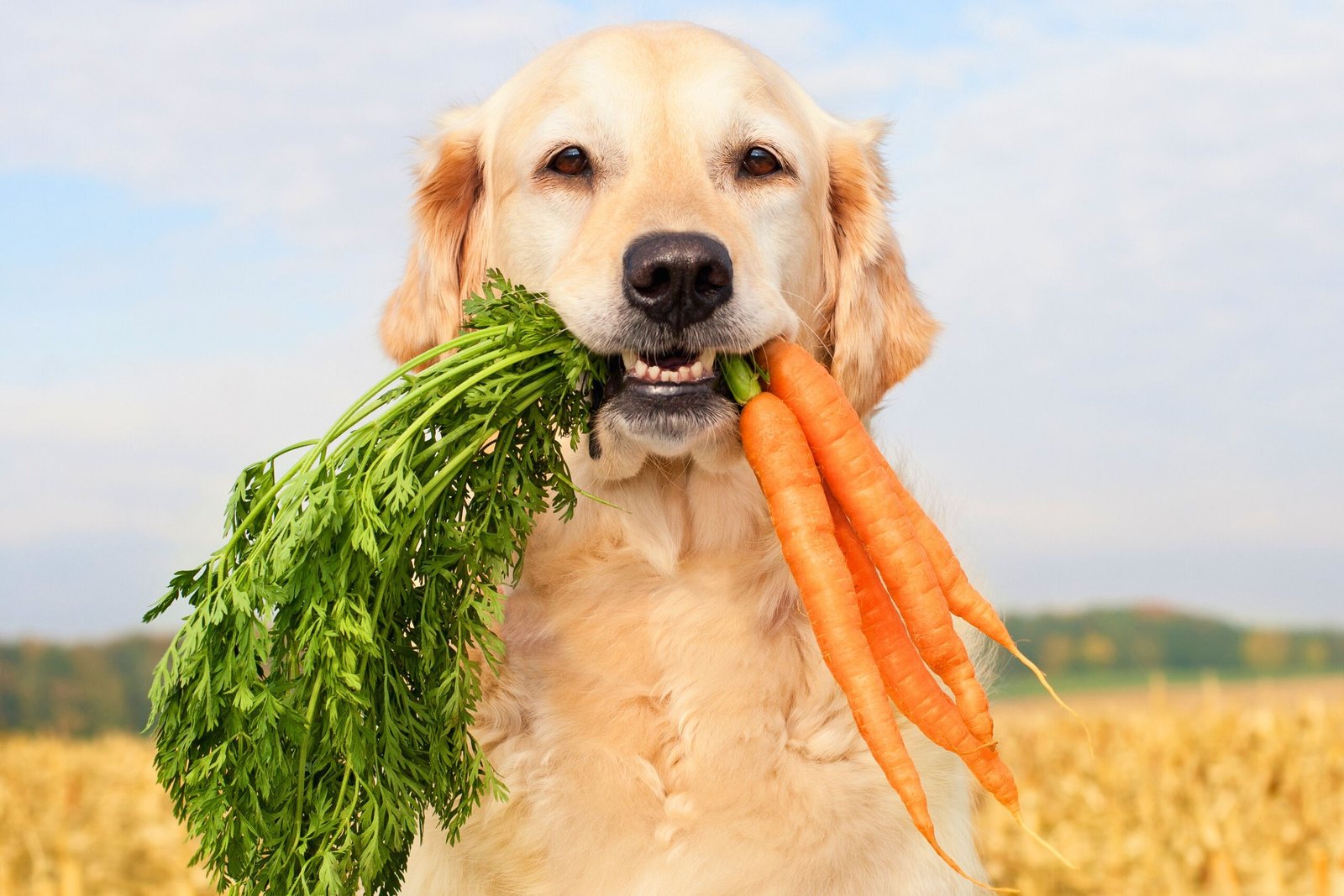Introducing Fresh Produce: Best Practices

Ensuring the successful integration of fruits and vegetables into your dog’s diet requires thoughtful consideration and adherence to best practices. From preparation methods to portion control, following a comprehensive guide is essential to prevent digestive issues and maintain nutritional balance.
Wash Thoroughly
Before offering any fruits or vegetables, it’s crucial to wash them thoroughly to remove pesticides and contaminants. Opt for organic produce when possible, and always peel or remove inedible skins, seeds, and cores to prevent choking hazards.
Proper Preparation
Chop fruits and vegetables into bite-sized, manageable pieces to reduce the risk of choking. Remove any pits, seeds, or tough parts that may be difficult for your dog to digest. Cooking certain vegetables can make them easier for your dog to consume and enhance nutrient absorption.
Moderation is Key
While fruits and vegetables can offer numerous health benefits, moderation is essential. Too much of even the healthiest foods can lead to digestive upset. Treat fresh produce as occasional snacks or additions to meals rather than a primary food source.
Monitor for Allergies
Dogs, like humans, can have allergies or sensitivities to certain foods. When introducing a new fruit or vegetable into your dog’s diet, monitor their response closely. Look for signs of allergies, such as itching, swelling, or digestive upset, and consult with your veterinarian if you notice any adverse reactions.
Tailor to Individual Needs
Every dog is unique, with different nutritional requirements based on factors such as age, size, and health status. Consult with your veterinarian to create a diet plan that aligns with your dog’s individual needs, ensuring they receive the right balance of nutrients.
Avoid Harmful Foods
While certain fruits and vegetables are safe, others can be toxic to dogs. Avoid feeding items like grapes, onions, garlic, and avocados, as they can cause serious health issues. Familiarize yourself with a comprehensive list of foods harmful to dogs to ensure their safety.
Watch for Digestive Upset
Introducing new foods can sometimes lead to digestive issues, such as diarrhea or vomiting. If you notice any adverse reactions, discontinue the new food and consult with your veterinarian. Slowly introducing fresh produce allows your dog’s digestive system to adapt gradually.
Consider Individual Preferences
Just like people, dogs have preferences. While some may relish the crunch of carrots, others might prefer the sweetness of apples. Pay attention to your dog’s likes and dislikes, tailoring their fresh produce options to make it an enjoyable part of their diet.
By incorporating these best practices, you can seamlessly introduce fruits and vegetables into your dog’s diet, providing them with a variety of flavors and nutrients. Remember, every dog is unique, so paying attention to their individual needs and preferences is key to creating a well-balanced and enjoyable culinary experience for your furry companion.








